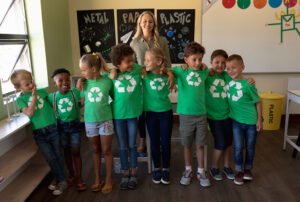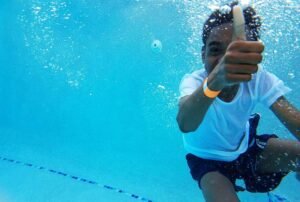November 4, 2016; The Atlantic
Mark Seidenberg’s Language at the Speed of Sight explores potential reasons why the United States, compared to other countries, is underachieving in reading ability. His Atlantic interview, “The Ignored Science That Could Help Close the Achievement Gap,” presents reasons that are both unsettling and academic.
Reading, in its essence, requires word recognition, understanding, and comprehension. The end is to make meaning: automatic, accurate, and with fluency. Seidenberg cites the National Assessment for Education Progress Report Card’s recent finding that only one-third of American fourth- and eighth-graders read at or above the level of proficiency. In this highly technological age, why are U.S. literacy levels so mediocre? His theory is that this poor performance illustrates how educators often ignore science’s understanding of how we read, with insights that can be drawn from psychology, linguistics, and neuroscience. He attributes this to a divergence of “cultures” in schools of education, separating those who study how people learn to read and those who teach people to read. (One hopes this also includes “those who study how to teach people to teach people to read” and “those who teach people to teach people to learn how to read.”) In the push for education reform, we’d be remiss to leave the reform of institutional curricula for the study of education itself out of the equation.
Sign up for our free newsletters
Subscribe to NPQ's newsletters to have our top stories delivered directly to your inbox.
By signing up, you agree to our privacy policy and terms of use, and to receive messages from NPQ and our partners.
Seidenberg believes in using a scientific approach to teach reading in a manner geared toward the students who actually attend public schools: those who are poor, and those who are not first-language English speakers—and he includes in that group African Americans, who, he believes, speak a different version of English. These groups suffer from factors that can make learning to read in English extremely difficult. He calls the neglect of these groups “education redlining,” where the educational system places people in a virtual holding pattern until poverty is alleviated.
Seidenberg rejects the notion that poor students cannot be educated. He extols public education’s virtues, believing that regardless of your background, if you have education, you have greater opportunity. “Science is not the solution to all of these problems; it can’t get rid of poverty by itself. But we don’t want to accelerate that by doing a poor job of teaching kids in the first place.”
Seidenberg’s research is a provocative and important insight into the next level of education research collaboration.—Mary Frances Mitchner












